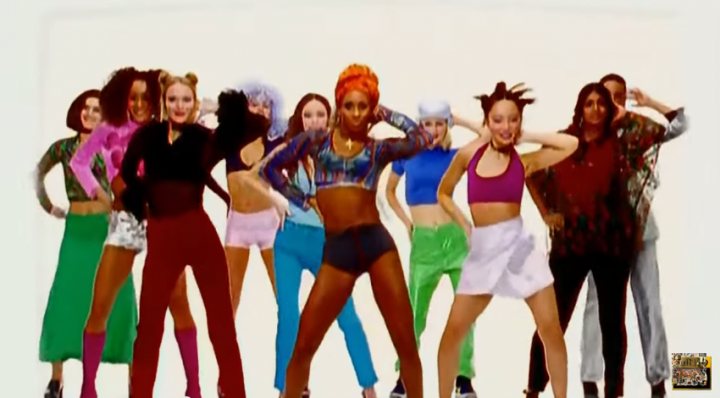
Kids were dancing in school auditoriums and municipal theaters. Gone were the underground ballrooms and smokey jazz joints from the prohibition and swing era. With the explosion of rock ‘n roll in the late 1950s came a whole new youth culture. Dance crazes like The Sock Hop and Boogie Woogie reflected a simpler and more exciting style of music that any kid, anywhere, could dance to! 1960s: Twist and Shout Something called rock n’ roll was being born, and with it a variety of new dances for younger audiences.

Horn lines started becoming more bombastic and less complex and rhythms changed in a similar fashion. At the same time, an entirely new genre of music started to show up in juke joints and gymnasiums across America something that drew on the simplicity of blues music and the energy of the newly popular electric guitar. 1950s: Rockin’ and Boppin’Īs the Jazz Age continued the music got faster–bebop was introduced to the world and with it a faster style of dance called Bop. Other popular dances from this era include the uptempo Collegiate Shag and the more conservative, closed position ballroom style known as the Balboa. This hop, a couples dance that builds on the twists of the Charleston into a full-on partnered dance with spins, started out in Harlem in the late 1920s but by the 1940s had bloomed into a worldwide sensation.
#90s dance moves full
The dance hit its peak of popularity in the later half of the decade, where thanks to the efforts of masters of the form like Josephine Baker, dance halls and ballrooms from South Carolina to Paris were full of lively crowds dancing The Charleston! 1930s and 1940s: The Age of Swingīuilding on the immense popularity of jazz dance music in the 1920s, various new dances started cropping up under what came to be known as the umbrella term “Swing Dancing.” One such dance that has its origins under prohibition is The Lindy Hop, whose name originates with Charles Lindburgh’s famous transatlantic flight in May of 1927. Miller’s production of Liza from the previous year–where the heels and toes of the dancers alternate their positions in an exciting tap and swivel motion that practically begged the arms to join in. The song soon spawned a dance–based on a move first seen in Irving C. Johnson, whose 1923 musical Runnin’ Wild contained a hot little tune called The Charleston. African American musicians were gaining popularity with exciting, synchopated beats and rolicking ragtime pianos.

In a decade defined by the underground excesses brought on by prohibition, new and exciting forms of music were taking hold in the cultural ferment. The roaring 20’s weren’t called that because people lived meekly in that era. Here’s a look back at some of the many popular dances that have captivated rhythm lovers throughout the ages. Dance has always told a story about the world around us and it continues today!

Look around at popular dance styles today and you’re likely to see classic steps in hiphop that were derived out of The Charleston which was a social dance popularized in African American communities in the 1920s. Dance styles are often a physical embodiment of history and develop out of out of social and historical events.

However, there is a beautiful and deep lineage that those new movements draw from, and what might seem like a quaint craze from the distant past is nearer to our modern era than we might realize. The world of dance–like the world of music–is constantly changing, undergoing new revolutions, fads, and revivals as every new generation of people learn to move their bodies.


 0 kommentar(er)
0 kommentar(er)
